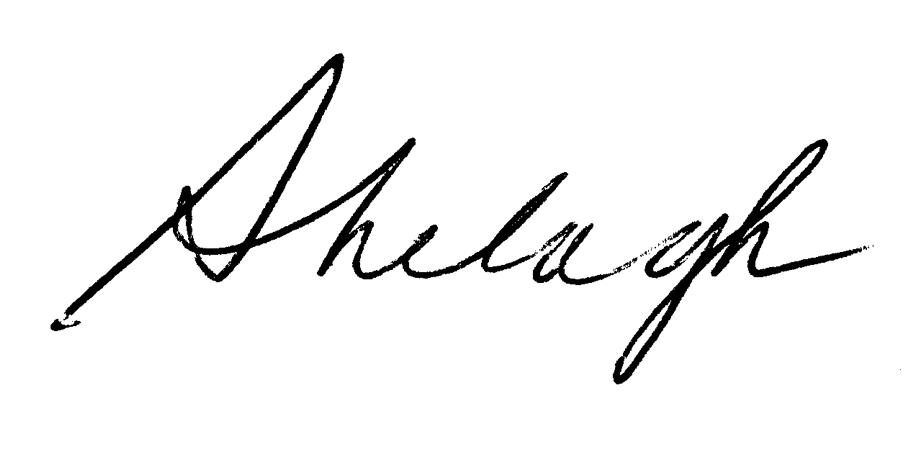Foreword
You might wonder why we waited so long to make Dad’s diary public. I think we assumed it was just our family’s story. But when Pat became involved with the Hong Kong Veterans’ Commemorative Association, we came to realize that the history of the Prisoners of War in Hong Kong was still not well known and as one of his fellow prisoners told us “You have to tell what he wrote!” Meeting the veterans and listening to what happened to them, understanding that they didn’t give up under the horrendous circumstances of their capture, compels us to share the diary. And we felt we also had to include what happened to us at home during those years.
There were odd things that spurred us on. Driving in Calgary in 2002, my friend Sheila spotted the HK insignia on the license plate of the car ahead of us and insisted we follow it. When the driver reached his home, I got out of the car and tapped on his window to ask if he’d been in Hong Kong. “Yes”, he replied, and when I identified myself as Leonard Corrigan’s daughter, an emotional moment for both of us, Ed Shayler replied that he had been Dad’s Sergeant.
At the 2003 HKVCA meeting in Victoria, we began to get snippets of stories about Dad. We learned that he was one of the few officers who visited the men in hospital. He took part in work gangs, taking off his officer’s pips, often taking the place of someone who was ill. He was called the “Fighting Irishman”. And another added memory was Dad practicing his saxophone in the hut late at night. More interesting when you realize that the saxophone case was one of the hiding places for his diary.
As I began typing the story, putting the diary and the family sequences together, I was also reading the biography of Emperor Hirohito – “Hirohito and the Making of Modern Japan” by Herbert Bix. Reading the book one night, I realized it was the same day I was reading about as I had just typed into the diary. Dad wrote about the rumours circulating in camp about the Japanese campaign, and Hirohito was receiving reports from his Generals fighting in that campaign.
At lunch one day, I described my efforts on the diary and one of my companions said her uncle had been a British doctor in the Pacific, she wasn’t sure where. It was the same name as one of the doctors Dad mentioned working in the hospital in Hong Kong. Another friend told me she had gone to High School in Winnipeg with many of the young men sent to Hong Kong – and another described the look of the men who arrived back in Canada after their incarceration. From starting the diary, all these connections propelled us forward.
My typing ended up having to be entered into a computer – a task my daughter, Megan, took on and for which all of us are grateful. Going through the diary, all of us could hear Dad’s voice in his writing. At one point, Megan found herself saying, “Hang on Grandpa, you’re going to make it!”
Our Dad’s diary in its original form, and the Japanese sword that he brought home, are now housed in the Manitoba Museum in Winnipeg. A special thank you to Sharon Reilly, the Curator of Social History at the Manitoba Museum, and to Pat who made the arrangements for this to take place.
Pat is the former Regional Director of the Ontario HKVCA and the current chair of the Education Committee.

Copyright 2008
Originally published by Frei Press, Box 38, Baltimore, Ontario, K0K1C0
The Corrigan Sisters express their sincere thanks to
Megan Coles
for her dedication and computer skills
Dorothy and Eric Winter
for their guidance and
encouragement
Peter and Bev at Ready Print
for their patience
Family and friends
for their support
and the Hong Kong POWs
who never gave up
